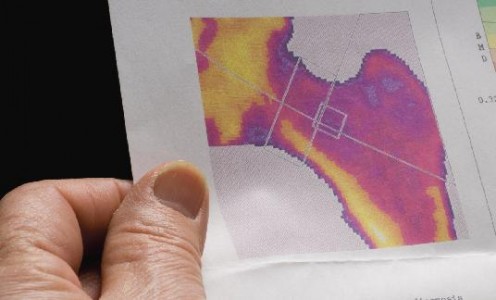Dr Timra J Bowerman
BBiotech (Adv) (Hons), MBBS
Resident, Wagga Wagga Base Hospital
Dr Susan Thomas
PhD (Clin), MAPS, BSc Psych (Hons)
Lecturer in Behavioural Science,
University of Wollongong
Dr Judy Mullan
PhD, FSHPA, BPharm, BA
Senior lecturer, School of Medicine,
University of Wollongong
Dr Marion Reeves
BMed, DipRANZCOG, FACCRM
General Practitioner, Your Health, Griffith
Timra Bowerman completed this research whilst studying for her MBBS at the University of Wollongong (UoW) Graduate School of Medicine. Timra also completed her undergraduate degree B. Biotech (adv) (hons) at UoW. She is currently employed as a resident at Wagga Wagga Base Hospital and plans to become a rural geriatrician.
Dr Thomas is a lecturer in behavioural sciences at the UoW, Graduate School of Medicine. Her research interests include behavioural medicine, psychosomatics and psychophysiology.
Dr Mullan is a senior lecturer in medical sciences and theme leader for research and critical analysis at the UoW, Graduate School of Medicine, Wollongong, Australia.
Dr Reeves is a very busy rural GP in Griffith fulfilling many other roles such as VMO at Griffith Base Hospital, GP registrar supervisor, senior clinical lecturer at University of Wollongong Graduate School of Medicine and mother of two young children.

 Aim: Vitamin D supplementation reduces falls and fractures in the elderly, yet screening and supplementation rates are generally inadequate. We therefore investigated whether rates of screening and supplementation could be improved through a brief, general practitioner (GP)-focussed, educational intervention. Methods: Clinical audits of vitamin D screening and supplementation in elderly patients attending a rural general practice were conducted before and after a GP educational intervention. Results: The simple GP educational intervention resulted in both vitamin D screening (11.1% versus 5% – 2 year period: and 6.11% versus 3.38% – 3 month period) and supplementation rates ≥ 700IU cholecalciferol daily (10% versus 5% – 2 year period; and 4.44% versus 0.97% – 3 month period) approximately doubling in elderly patients. Discussion: This preliminary study suggests that simple, cost-eff ective GP-focussed interventions can significantly improve vitamin D screening and supplementation rates in elderly patients, thereby potentially improving health outcomes in terms of falls and fractures in this ‘at risk’ population.
Aim: Vitamin D supplementation reduces falls and fractures in the elderly, yet screening and supplementation rates are generally inadequate. We therefore investigated whether rates of screening and supplementation could be improved through a brief, general practitioner (GP)-focussed, educational intervention. Methods: Clinical audits of vitamin D screening and supplementation in elderly patients attending a rural general practice were conducted before and after a GP educational intervention. Results: The simple GP educational intervention resulted in both vitamin D screening (11.1% versus 5% – 2 year period: and 6.11% versus 3.38% – 3 month period) and supplementation rates ≥ 700IU cholecalciferol daily (10% versus 5% – 2 year period; and 4.44% versus 0.97% – 3 month period) approximately doubling in elderly patients. Discussion: This preliminary study suggests that simple, cost-eff ective GP-focussed interventions can significantly improve vitamin D screening and supplementation rates in elderly patients, thereby potentially improving health outcomes in terms of falls and fractures in this ‘at risk’ population.